Retinol vs Resveratrol: Antioxidant Allies for Radiant Skin
Today we’re diving back into cosmetic science by exploring two powerhouse cosmetic actives—retinol and resveratrol. We’ll unpack how they work, what sets them apart, and why antioxidants matter both inside your body and on your skin. Expect clear science, botanical wisdom, and practical tips to help you build a ritual that’s as nourishing as it is effective.
If you want to learn more about antioxidants, how they function, and ways to incorporate them into your life check out my blog post, The Real Deal with Antioxidants: Herbal Remedies to Support Health.
What Are Antioxidants and Why They Matter
Antioxidants are molecules that neutralize free radicals—unstable compounds that damage cells and accelerate aging. These free radicals, or reactive oxygen species (ROS), are one half of the skin aging equation. While some aging is intrinsic (driven by genetics and time), much of it is extrinsic, caused by UV exposure and environmental stressors.
Both forms contribute to visible changes: fine lines, wrinkles, loss of elasticity, uneven tone, and texture shifts. On a molecular level, oxidative stress—amplified by UV radiation and everyday metabolic processes—drives these changes forward.
Antioxidants help slow this cascade. They mitigate damage, support cellular repair, and promote a more youthful appearance. Today, we’ll focus on two botanically derived antioxidants—retinol, a vitamin A derivative, and resveratrol, a polyphenol found in grapes and berries—each with distinct mechanisms and benefits.
Antioxidant Action: Internal vs. Topical
Internal Defense
Sources: berries, grapes, nuts, leafy greens
Benefits: systemic reduction of oxidative stress, supports vascular health, enhances nutrient delivery to skin cells
Topical Shield
Forms: serums, creams, masks infused with antioxidant extracts
Benefits: direct protection against UV-induced free radicals, repair of existing damage, strengthening of the skin barrier
Combining dietary and topical antioxidants creates a synergy: nourishment from within complements protection on the surface.
Retinol: The Vitamin A Powerhouse
Retinol, a natural form of vitamin A, plays a vital role in skin renewal. Once absorbed, it undergoes a two-step enzymatic conversion—first to retinaldehyde, then to all-trans retinoic acid (tRA), its biologically active form. This final metabolite binds to nuclear receptors (RARs and RXRs), regulating gene expression through retinoic acid response elements (RAREs) in DNA.
Mechanism of Action
Conversion Cascade: Retinol → Retinaldehyde → All-trans Retinoic Acid (tRA)
This final metabolite is responsible for most of retinol’s biological effects.
Collagen + Hydration Support
Upregulates genes for collagen types I and III Increases glycosaminoglycan (GAG) synthesis in the dermis, enhancing water retention and skin plumpness
Cellular Turnover
Accelerates desquamation (shedding of dead skin cells), revealing smoother, brighter skin with improved texture
Pigment Regulation
Retinol downregulates melanogenesis-associated genes, helping fade hyperpigmentation and even skin tone.
Antioxidant Modulation
Indirectly reduces oxidative stress by suppressing matrix metalloproteinases (MMPs) and inflammatory cytokines linked to photoaging
Key Benefits
Smooths fine lines and wrinkles by stimulating dermal matrix renewal
Refines texture through accelerated desquamation
Brightens skin and fades pigmentation
Enhances firmness and elasticity over time
Supports antioxidant defense against UV-induced damage and pollution
Formulation Considerations
Irritation Potential: Begin with low concentrations (0.1–0.5%) and buffer with emollients or moisturizers.
Sensitive skin may benefit from encapsulated forms or retinyl esters.
Stability Challenges: Retinol is highly unstable—prone to oxidation when exposed to light, heat, or air.
Use opaque, airtight packaging
Store in cool, dark environments
Formulate with stabilizing antioxidants (e.g., vitamin C, E, ferulic acid) to enhance shelf-life and efficacy
pH Compatibility: Retinol performs best in formulations with a pH between 5.5 and 6.0, preserving both skin compatibility and enzymatic conversion efficiency.
Synergy with Antioxidants: Combining retinol with antioxidants not only stabilizes the molecule but also amplifies its effects—creating a multi-layered defense against oxidative stress and premature aging.
Resveratrol: The Polyphenol Protector
Resveratrol is a potent plant-derived polyphenol found in grape skins, berries, and Japanese knotweed. Known for its antioxidant and anti-inflammatory properties, it helps defend skin against environmental stress while supporting long-term resilience.
Mechanism of Action
Free Radical Scavenging
Neutralizes reactive oxygen species (ROS), preventing lipid peroxidation and oxidative damage
Inflammation Modulation
Inhibits pro-inflammatory pathways, including NF-κB signaling, reducing redness and irritation
Mitochondrial Support
Enhances mitochondrial function, promoting cellular energy and longevity
Key Benefits
Calms redness, irritation, and sensitivity
Accelerates barrier repair and recovery
Shields skin from pollution, UV exposure, and oxidative stress
Supports long-term skin vitality and resilience
Formulation Considerations
Irritation Potential: Generally well-tolerated, but higher concentrations may cause dryness or tingling in sensitive skin.
Begin with 0.5–1% in leave-on products; patch testing recommended for reactive skin types.
Buffer with soothing agents like bisabolol, allantoin, or lipid-rich emollients to enhance comfort.
Stability Challenges: Resveratrol is highly sensitive to light, heat, and oxygen—prone to degradation and discoloration.
Use opaque, airless packaging (e.g., dark glass or pump dispensers)
Store in cool, dark environments to preserve potency
Formulate with stabilizing co-antioxidants (e.g., vitamin E, ferulic acid, quercetin) to extend shelf-life
Solubility and Delivery: Poor water solubility—often delivered via lipid-based carriers, encapsulation, or nanoemulsions for improved skin penetration.
Encapsulation also helps reduce oxidation and irritation potential
pH Compatibility: Performs best in slightly acidic to neutral formulations (pH 5.0–7.0), maintaining both skin compatibility and molecular stability.
Synergy with Antioxidants: Pairing resveratrol with other antioxidants (e.g., niacinamide, green tea polyphenols, vitamin C) creates a layered defense against oxidative stress
Enhances photoprotection, barrier repair, and anti-inflammatory effects—especially in urban or UV-exposed environments
Retinol vs. Resveratrol: A Comparison
Retinol and resveratrol are both celebrated for their anti-aging prowess, yet they operate through distinct biochemical pathways. Retinol functions as an indirect antioxidant, influencing gene expression to promote cellular renewal and resilience. Resveratrol, by contrast, acts as a direct free-radical scavenger and enhances enzymatic defenses against oxidative stress.
In terms of stability, retinol’s structure is highly vulnerable to light and air, requiring encapsulation and protective packaging. Resveratrol is more stable intrinsically, though its performance can be limited by solubility and bioavailability.
While both ingredients counteract oxidative and inflammatory damage, their strengths diverge:
Retinol excels in stimulating collagen, accelerating skin turnover, and refining texture and tone.
Resveratrol supports cellular integrity, calms inflammation, and fortifies the skin’s defenses against environmental stressors.
Sources
Retinol: Synthetic or botanical vitamin A precursors
Resveratrol: Derived from grape skin, Japanese knotweed, and berries
Mechanism of Action
Retinol: Converts to retinoic acid in the skin, accelerating cellular turnover and gene expression
Resveratrol: Acts as a polyphenol antioxidant, scavenging free radicals and modulating inflammation
Primary Benefits
Retinol: Stimulates collagen production, promotes exfoliation, improves texture
Resveratrol: Calms inflammation, supports barrier repair, protects against environmental stressors
Stability Profile
Retinol: Highly light-sensitive; best stabilized via encapsulation and airtight packaging
Resveratrol: Sensitive to light and heat; requires dark glass or airless packaging for preservation
Typical Usage Concentration
Retinol: 0.1–1.0% depending on skin tolerance and product type
Resveratrol: 0.5–2.0% for effective antioxidant action with minimal irritation
Potential for Irritation
Retinol: Medium to high—especially in higher concentrations or unbuffered formulas
Resveratrol: Low to medium—generally well-tolerated, especially when paired with calming ingredients
Skincare Routines with Retinol and Resveratrol: Practical Tips
Layering the Two
Cleanse, tone
Apply resveratrol serum
Wait 5 minutes, then apply retinol
Follow with moisturizer
Buffering Retinol
Start twice a week, then build to nightly
Mix retinol into your moisturizer to reduce sensitivity
Packaging & Storage
Store both in cool, dark places
Use opaque tubes or airless pumps to preserve potency
Complementary Antioxidants
Pair with vitamin C (L-ascorbic acid) in the morning for maximal free-radical defense
Ritual Recommendations and Next Steps
Morning Ritual
Cleanser with gentle surfactants
Antioxidant-rich green tea toner
Vitamin C serum + sunscreen
Evening Ritual
Double cleanse (oil + gentle cleanser)
Resveratrol serum for calming support
Retinol emulsified into your cream
Internal Support
Daily: 1–2 servings of berries, a handful of nuts, and a cup of green tea
Weekly ritual: a botanical smoothie loaded with spinach, grapes, and flaxseeds
References
Michalak, Monika. “Plant-Derived Antioxidants: Significance in Skin Health and the Ageing Process.” International journal of molecular sciences vol. 23,2 585. 6 Jan. 2022, doi:10.3390/ijms23020585
Addor, Flavia Alvim Sant'anna. “Antioxidants in dermatology.” Anais brasileiros de dermatologia vol. 92,3 (2017): 356-362. doi:10.1590/abd1806-4841.20175697
He, Xin et al. “Research Progress on Skin Aging and Active Ingredients.” Molecules (Basel, Switzerland) vol. 28,14 5556. 20 Jul. 2023, doi:10.3390/molecules28145556
Bjørklund, Geir et al. “Natural Compounds and Products from an Anti-Aging Perspective.” Molecules (Basel, Switzerland) vol. 27,20 7084. 20 Oct. 2022, doi:10.3390/molecules27207084

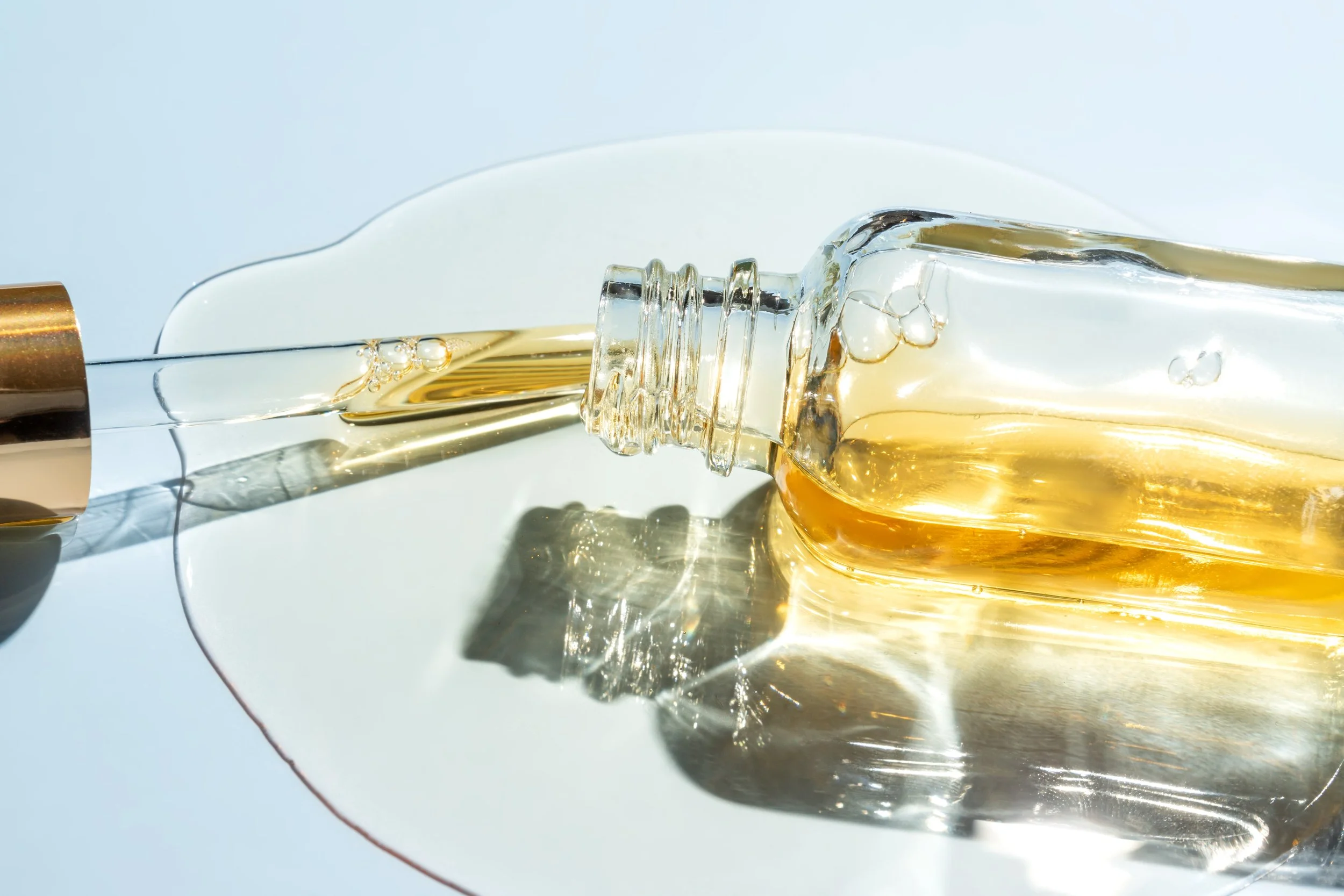
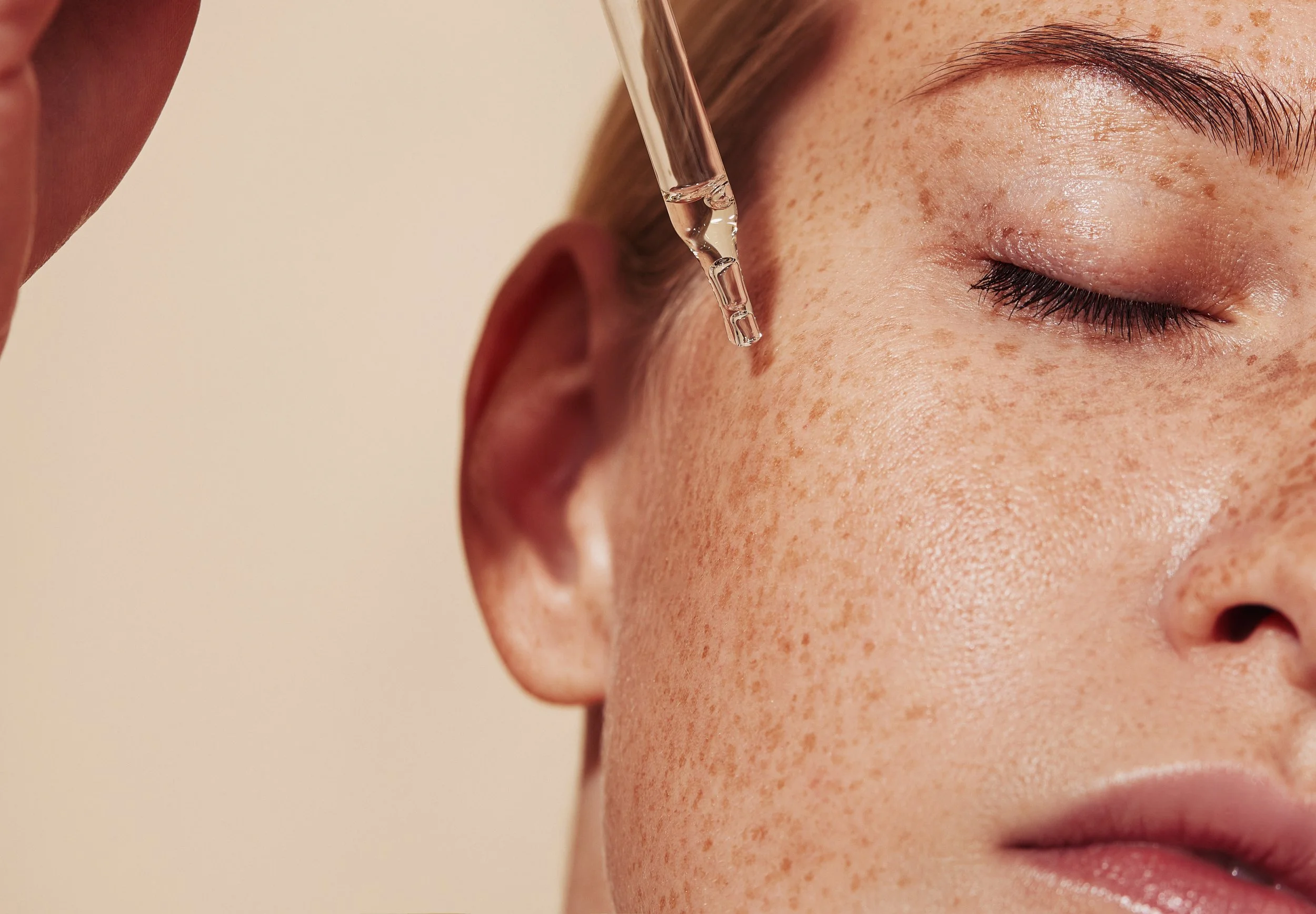
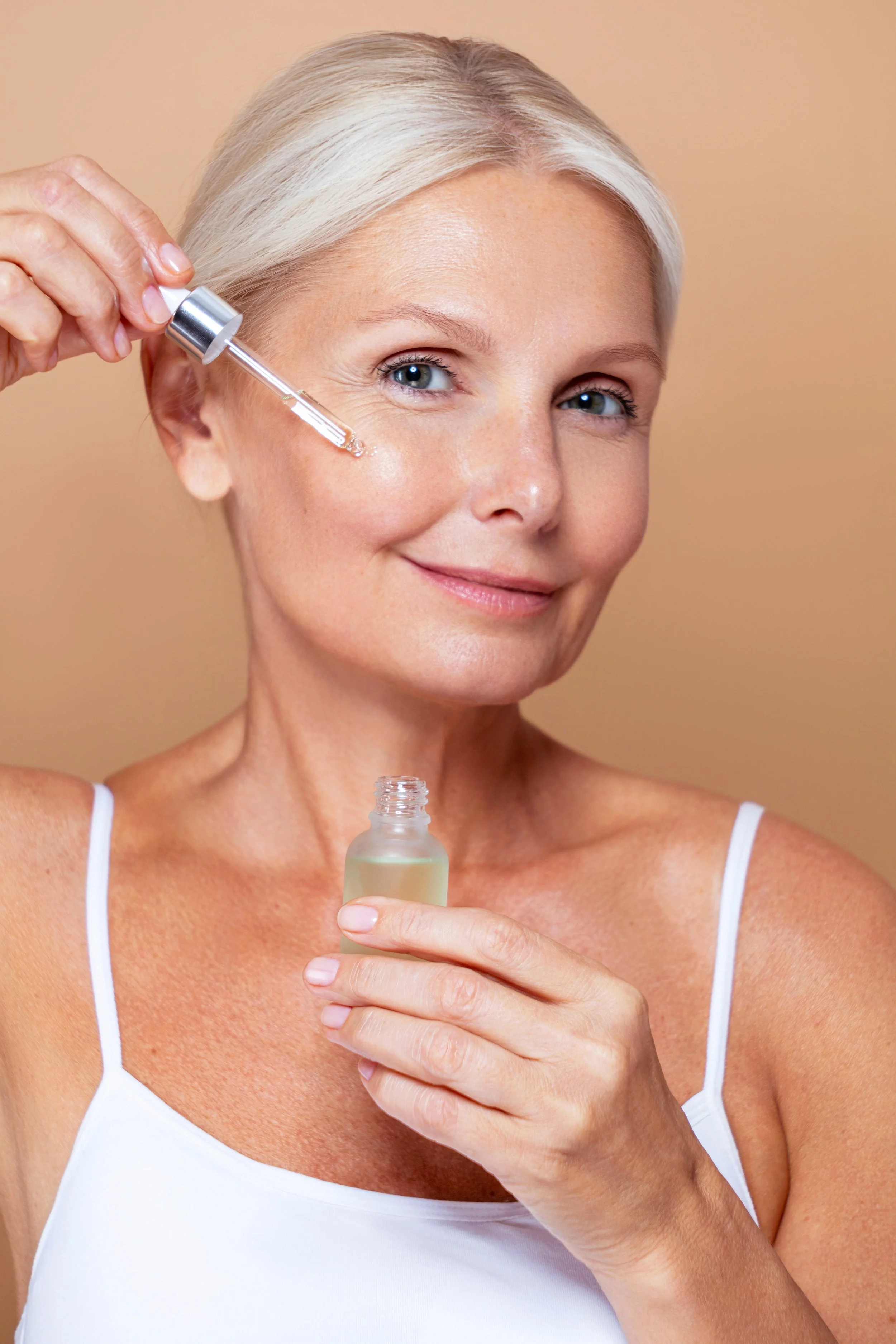
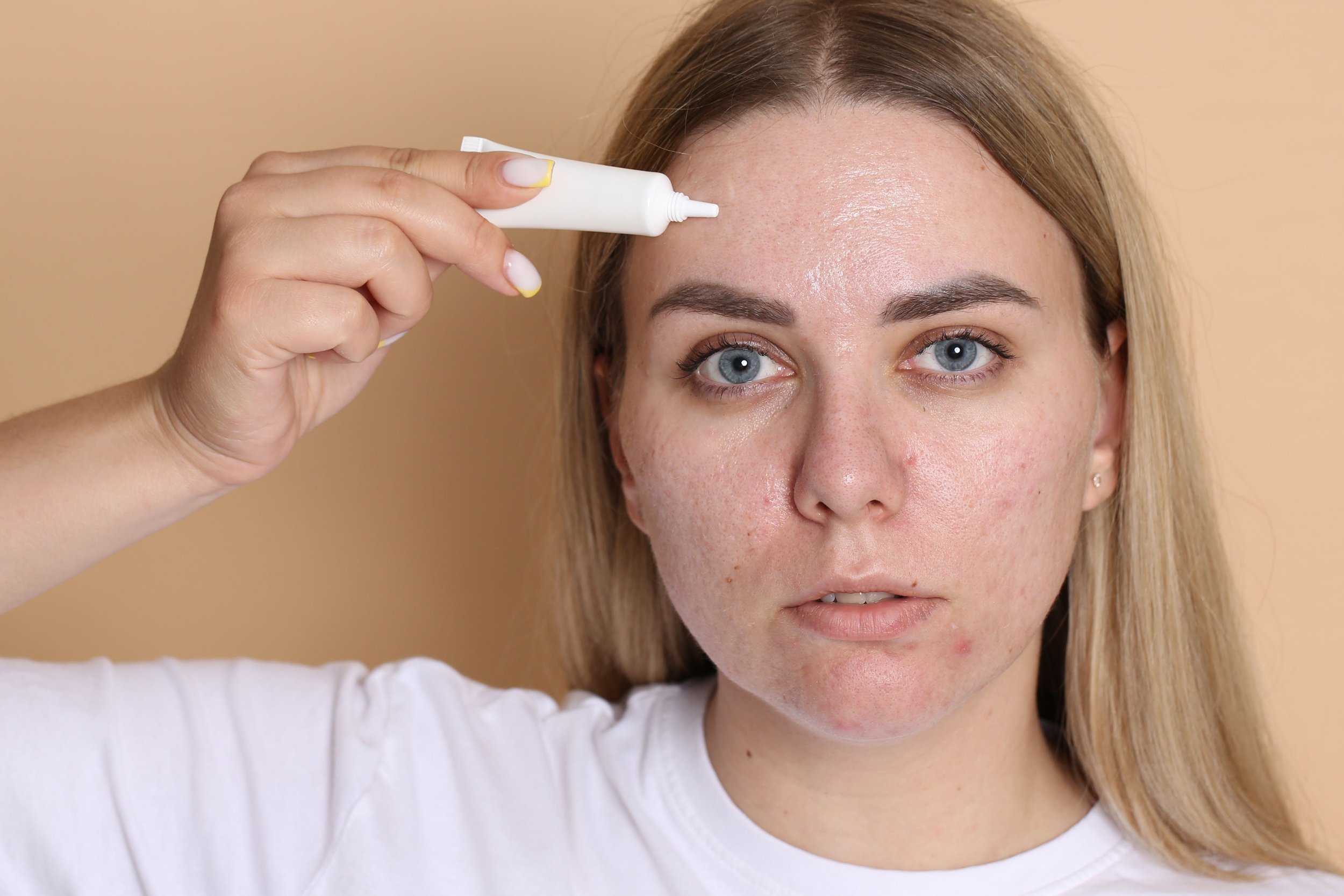
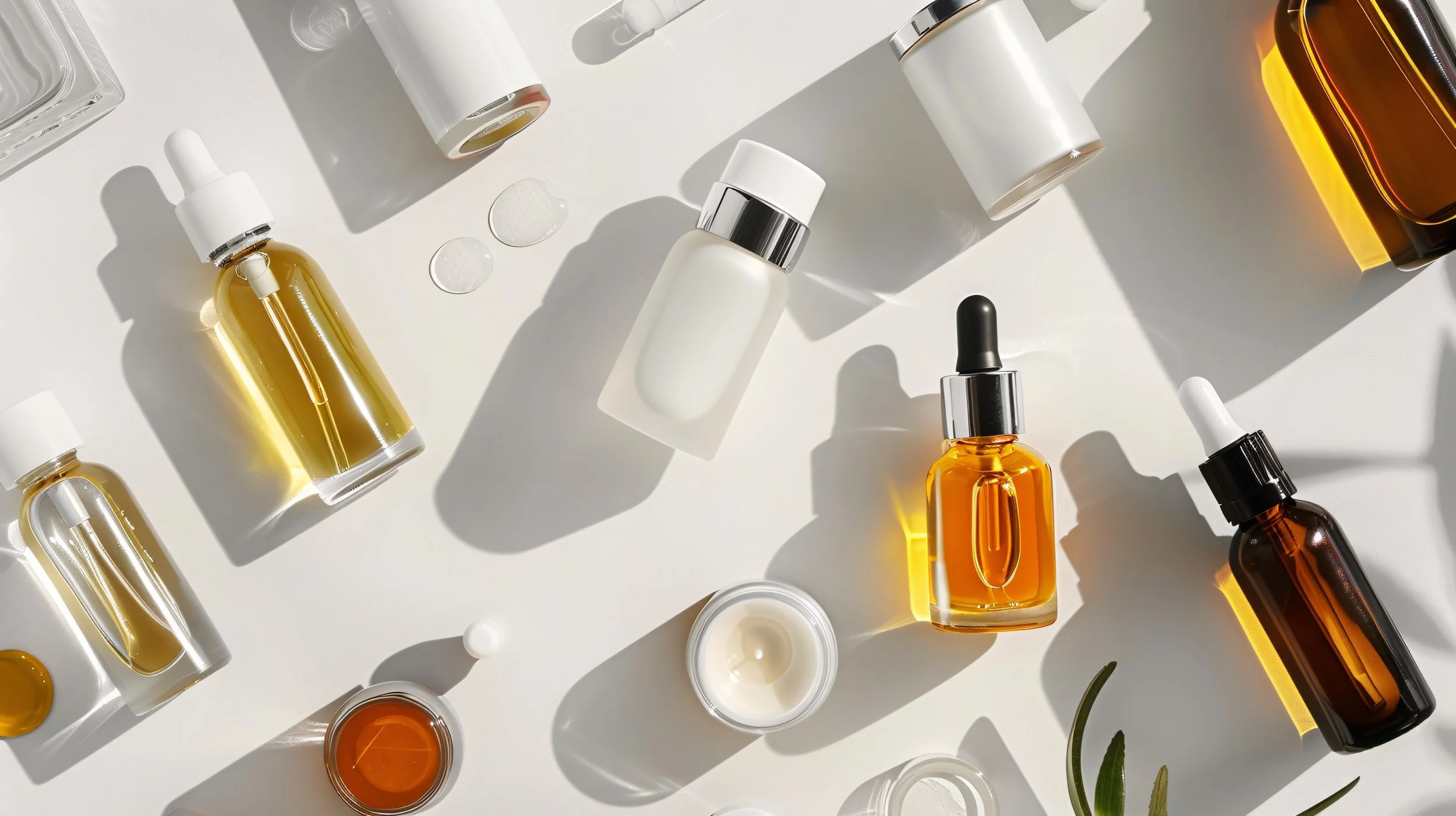






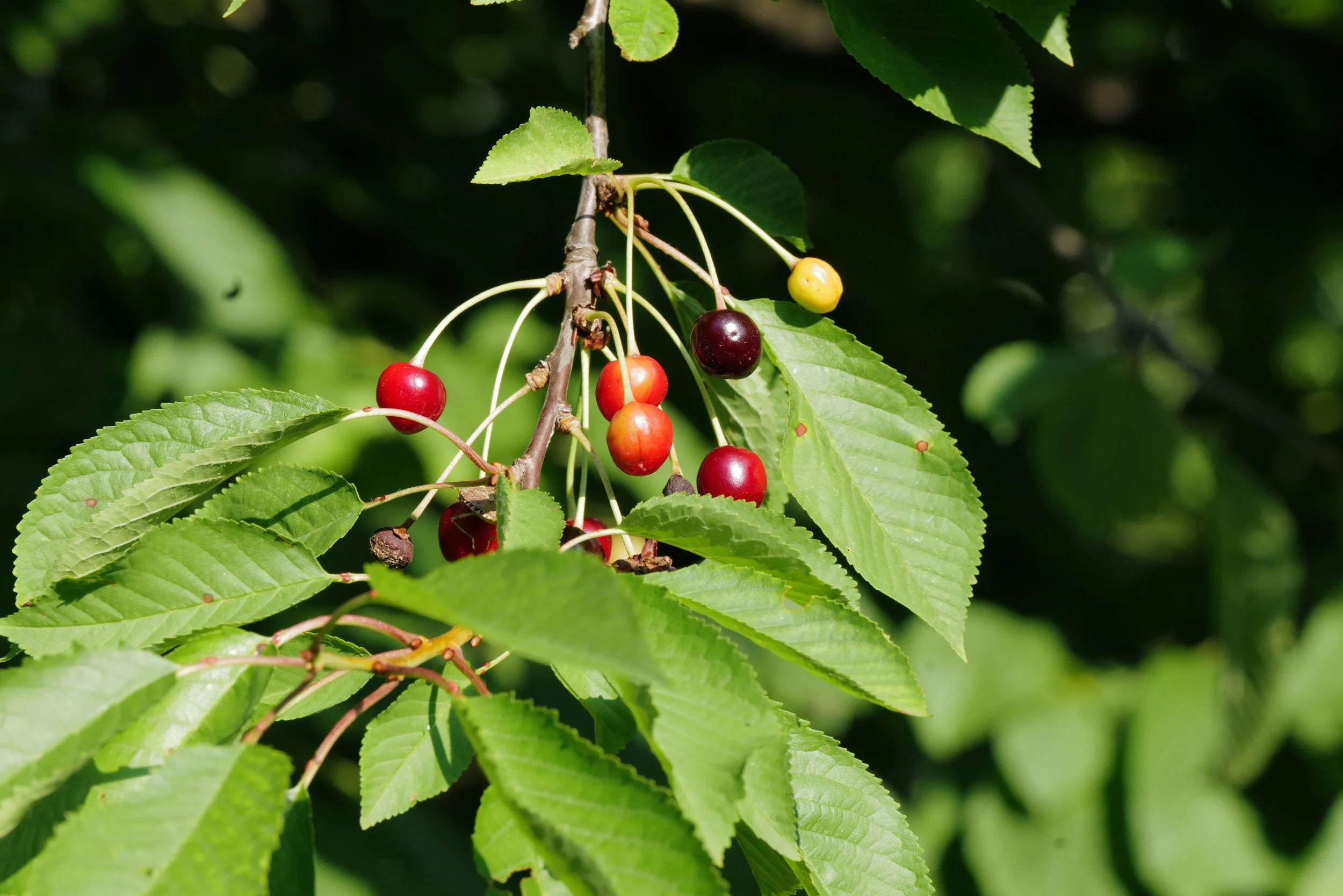
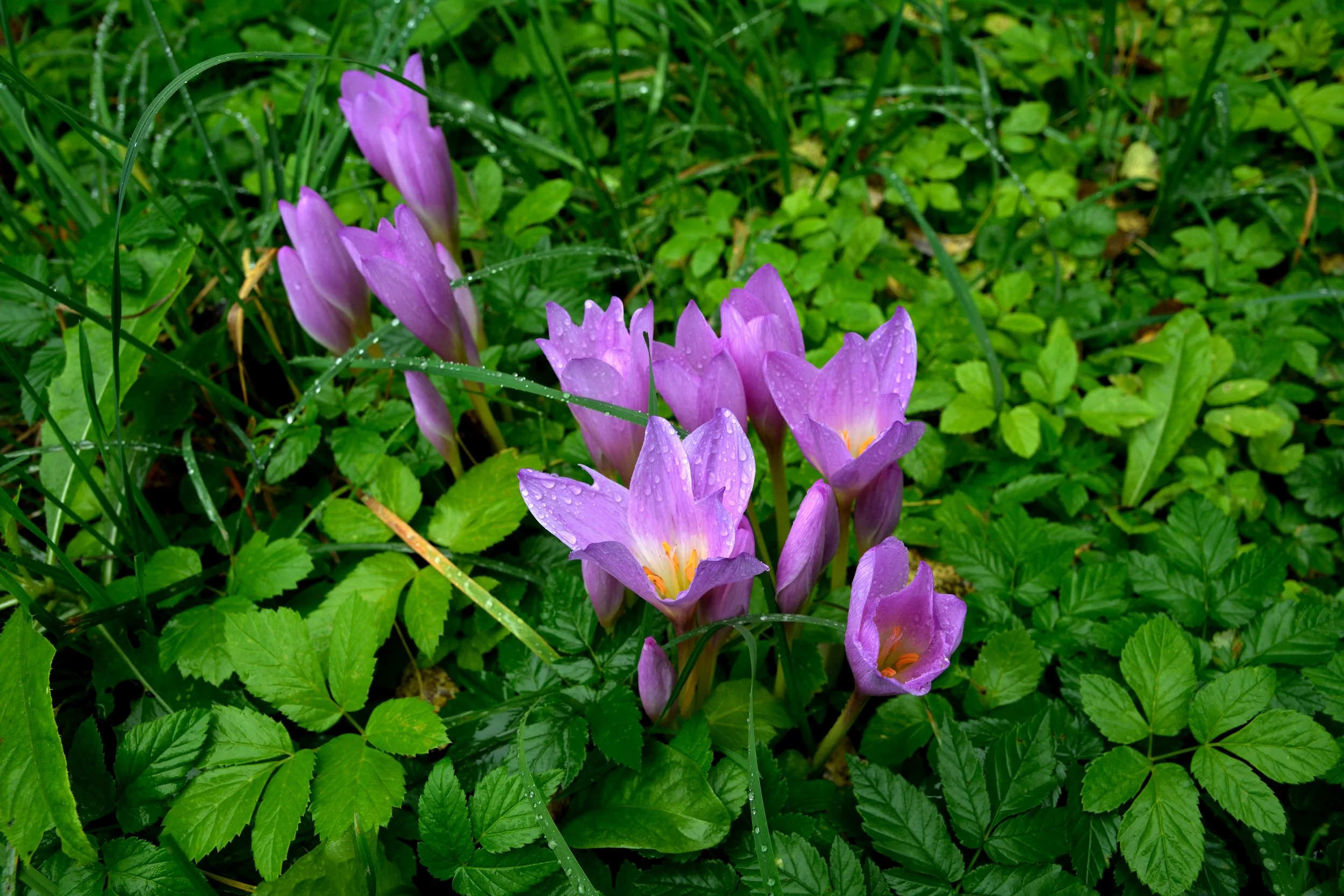

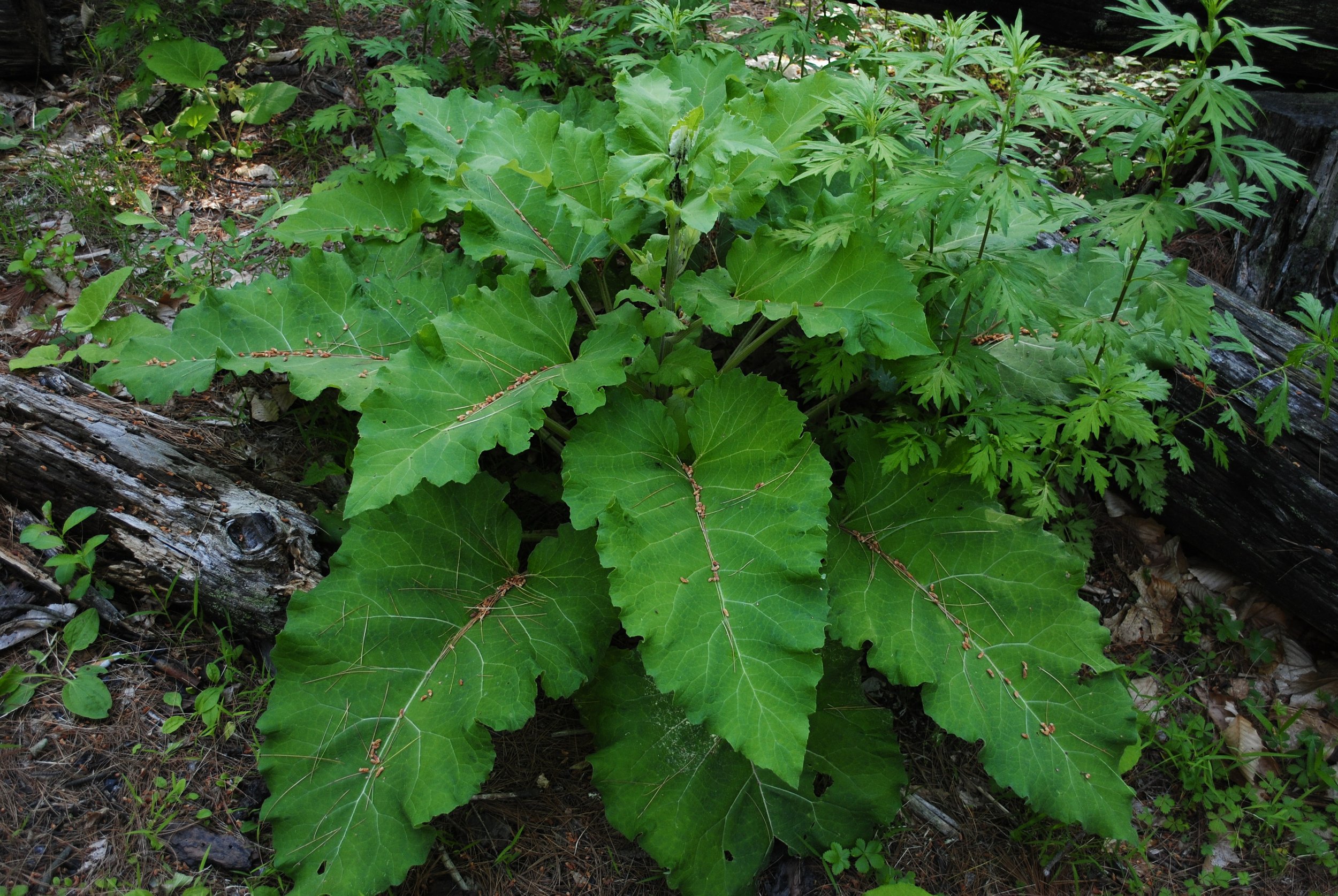



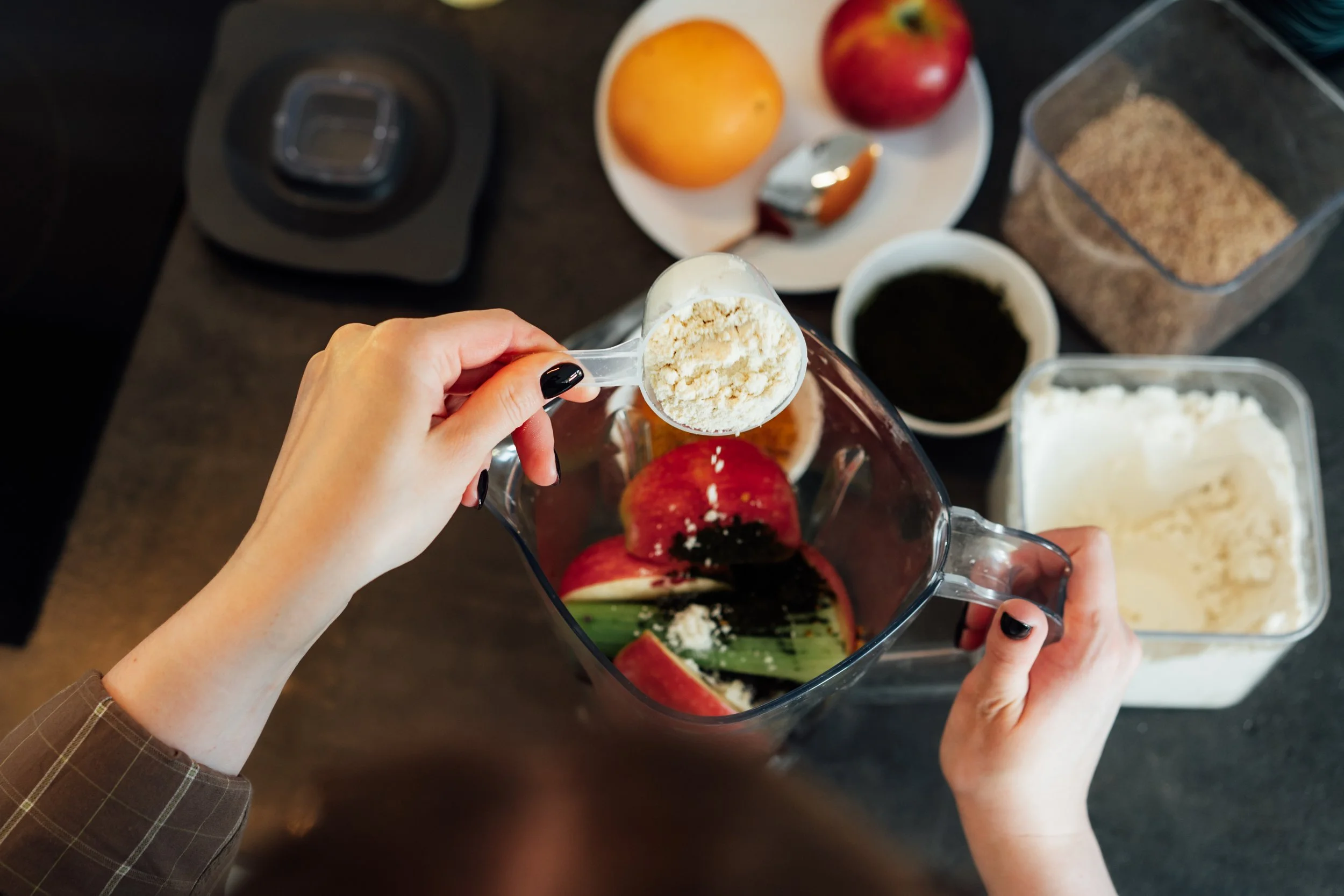


Hello and welcome! I'm Eve, a Chemist turned Herbalist, sharing the wonders of plant medicine and botanical skincare. Join me on this journey to Learn, Create, and Align your Divine!